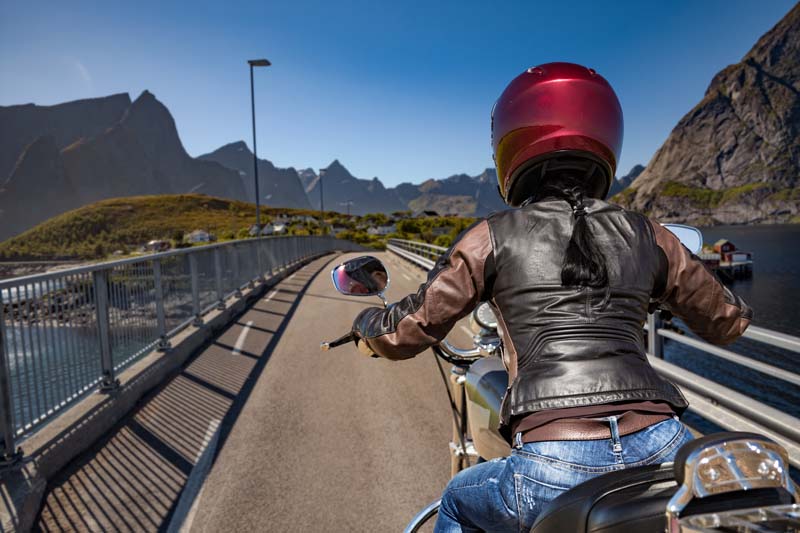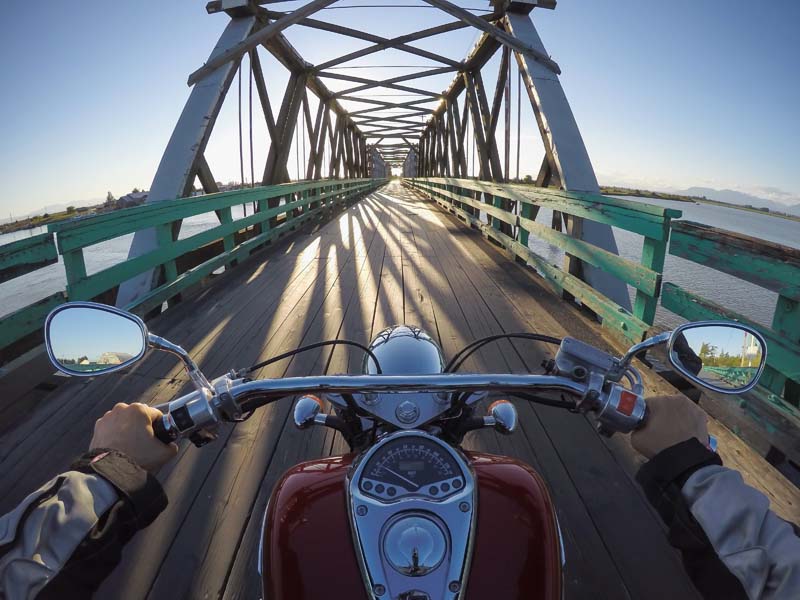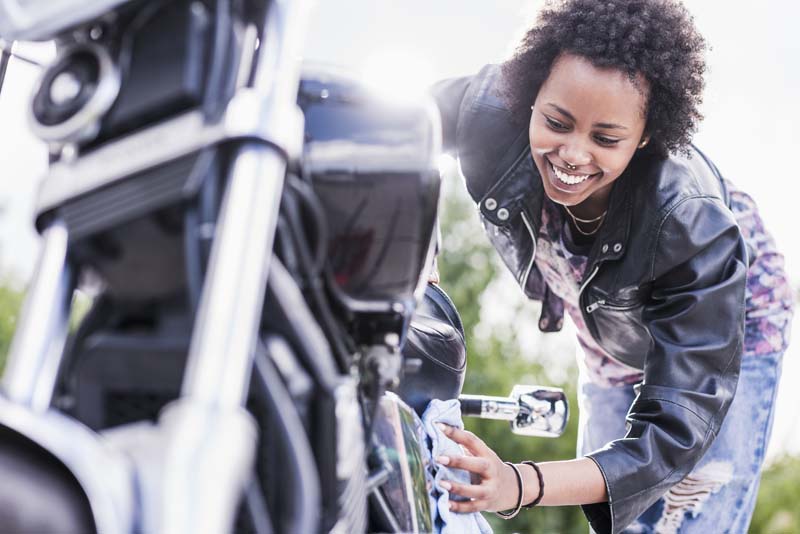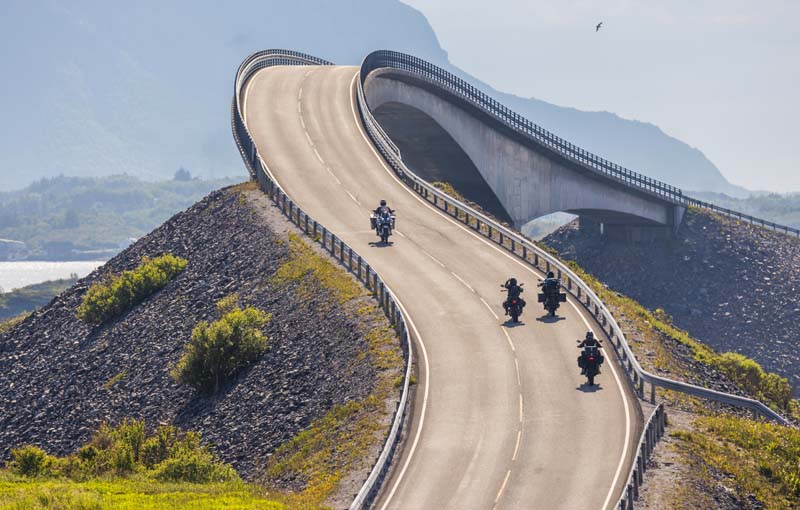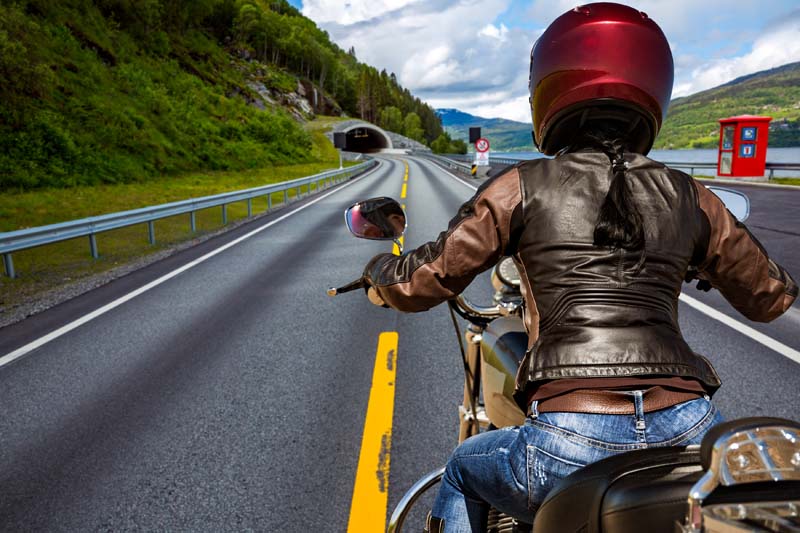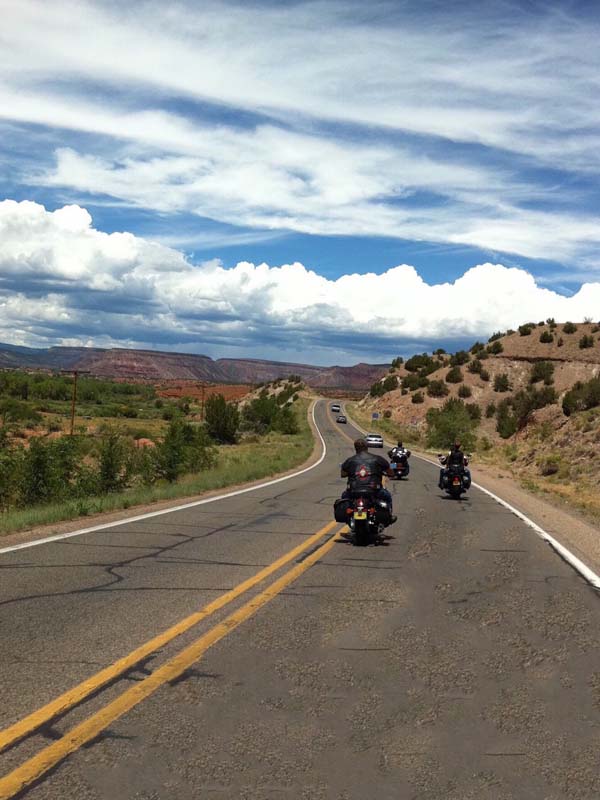7 Skills You Must Master on A Motorcycle
Anyone who’s ridden for more than a few weeks knows that there are countless things to consider while riding, and mastering them takes time.
As we near the end of the riding season, you might be looking to step up your skills. That’s a great mindset—constant improvement is key. But where should you start?
Here are some fundamental things you can practice every time you ride your motorcycle:
7. Lean Into the Corner
Although not the most critical skill for street riders, mastering body position is valuable. Get comfortable leaning your bike into corners. One of the strangest sensations for new riders is the feeling of the bike “falling” into a corner. This can trigger a survival reaction to stand the bike up mid-corner, but instead, you should practice leaning it over, both left and right.
Many riders favor leaning to the right because the throttle is on that side, giving them a sense of control. Others feel more comfortable leaning to the left because it’s their non-throttle side. Experiment with different lean angles and get accustomed to moving your body on the bike. It’s a lot of fun and will build your confidence.
Remember, though—don’t be one of those riders dragging their knee on public roads. That’s risky and unnecessary. If you’re aiming for that knee-dragging shot, save it for the track where it’s safer and more appropriate.
6. Watch Out Behind You
Situational awareness is essential. It’s easy to focus on what’s ahead, but it’s just as important to know what’s happening behind you. Mirrors exist for a reason—use them. While riding through the city or commuting, keeping an eye on the traffic behind you can help you avoid potentially dangerous situations, like a car stopping too quickly.
Check your mirrors when changing lanes, coming to a stop, or just periodically to stay aware of your surroundings. You don’t need to keep your eyes glued to them, but regular glances will help keep you focused and alert.
5. Look Through the Corner
Learning to look through corners is a simple yet highly effective way to ride more confidently and safely. If you’re staring at the road directly in front of your tire, it’s too late to react to any hazards. Instead, keep your eyes up and look ahead to spot any surprises, like a decreasing radius turn, before they catch you off guard.
Many riders get caught by unexpected turns because they weren’t looking far enough ahead. By focusing on the vanishing point—the point where the road disappears behind the corner—you can gauge the severity of the turn and adjust your speed accordingly. The vanishing point tells you whether the turn is tightening or opening up, guiding you through the corner smoothly.
4. Pre-Load Your Brake Levers
This is an underrated but essential skill. Pre-loading your brake levers means pulling the brake lever slightly when approaching a braking zone, bringing the brakes to the point just before they engage. This minimizes the delay between when you start pulling the lever and when the brakes activate, significantly reducing your stopping distance.
This small action can improve your reaction time by about a quarter of a second, which translates to about 44 feet of braking distance when traveling at 100 km/h. Additionally, only using your index and middle fingers on the brake lever allows for smoother, more controlled braking compared to grabbing the lever with all four fingers.
In city riding, where conditions change rapidly, pre-loading your brake levers can make all the difference.
3. Sliding
Practicing how to control a skid is crucial. Most riders never practice skidding because they only experience it when things go wrong. However, skidding into stops may happen more often than you expect, especially on bikes without ABS.
Find a safe, wide-open area to practice skidding. Start by applying more and more rear brake until you feel the rear wheel slide. Stay light on the handlebars and ride the skid out until the bike comes to a stop. Gradually, increase your brake pressure to simulate a panic stop scenario. Once you’re comfortable, try adding some input to the handlebars to see how the bike responds.
If you’re worried about damaging your bike on asphalt, consider practicing on a dirt bike off-road. Sliding in the dirt can help you get a feel for controlling skids in a safer environment.
2. Rev-Matching on Downshifts
Rev-matching is both a fun and essential skill. It helps smooth out downshifts and prevents rear-wheel lock-up by matching the engine speed to the wheel speed when downshifting. Instead of letting the bike do all the work, you can actively rev the throttle while downshifting to maintain control.
Rev-matching takes practice, but it’s a valuable skill, especially on older bikes without modern quick-shifters. Plus, it looks cool when done smoothly.
1. Pick Your Moments
Every rider, at some point, will be tempted to do something a little reckless. It’s part of the thrill of motorcycling. Whether it’s lifting the front tire or going faster around a corner, the key is to pick your moments carefully.
Save the high-speed antics and knee-dragging for controlled environments like racetracks or drag strips. These places are designed for such activities, with plenty of runoff areas and no speed limits. If you try these stunts on public roads, you risk getting hurt, damaging your bike, or worse.
So, if you feel the urge to push your limits, do it in the right place at the right time. Or better yet, save up and head to the track.


